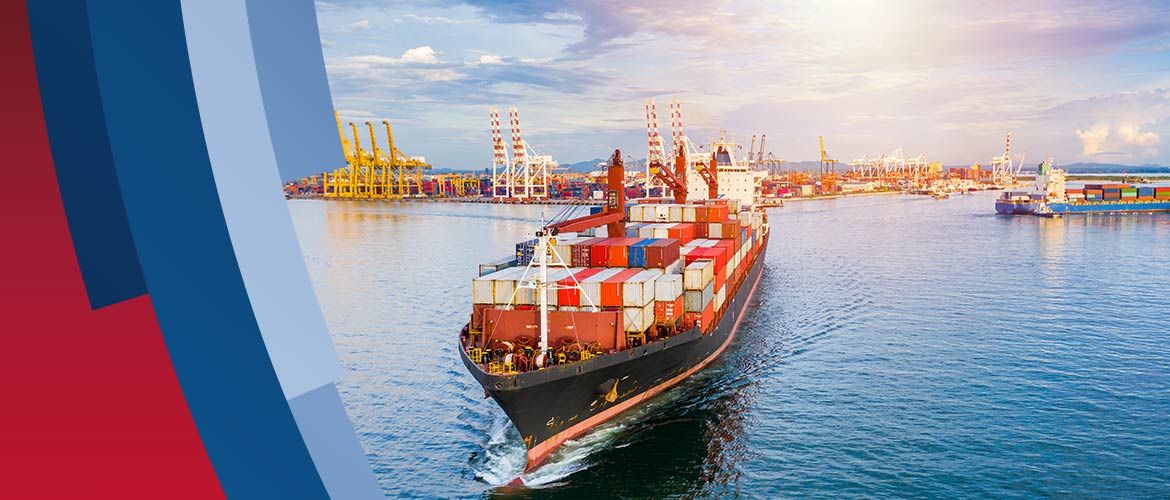The global container shipping market may be entering a prolonged period of softening rates, with overcapacity and faltering demand combining to erode the traditional seasonal uplift.
Despite operational disruptions such as port congestion in Asia and Europe and extended rerouting around southern Africa, spot rates continue to slip across major east–west trades.
The long-anticipated summer peak has failed to materialise. Far East–Europe and Far East–Mediterranean services, which would typically see strong rate gains in the third quarter, have instead experienced further declines. The gap between the two trades has narrowed dramatically, with pricing into North Europe now matching or exceeding Mediterranean levels, in a reversal of earlier summer trends.
Transpacific lanes are facing a similar trajectory. Rates to both the US East and West Coast have fallen sharply from mid-year highs and are now approaching levels last seen before the Red Sea crisis. This is despite earlier spikes triggered by the easing of punitive US tariffs in China, which briefly unlocked pent-up shipments.
A key driver is the influx of new-build capacity. Shipyard deliveries in 2025 have coincided with a slowdown in demand, intensifying competition for cargo and putting additional pressure on freight rates. Even with vessel diversions and congestion soaking up some tonnage, the market remains oversupplied.
Carriers React Faster – and More Tactically
Although the rate environment is challenging, carrier behaviour has shifted significantly since the pre-pandemic period. Today’s operators are quicker to capitalise on short-term demand spikes and more proactive in managing capacity.
Their defensive toolkit includes:
- Blank Sailings – Strategic cancellation of departures to artificially reduce available space and support utilisation.
- Slow Steaming – Lower sailing speeds to absorb excess tonnage and reduce operating costs.
- Fleet Idling – Temporarily withdrawing vessels from service to tighten supply.
- Accelerated Demolition – Retiring older, less fuel-efficient ships earlier, particularly ahead of stricter environmental regulations in the EU.
- Opportunistic Surcharges – Implementing peak season surcharges or general rate increases whenever ships are running full, even if demand spikes are short-lived or non-seasonal.
Short-Term Strain, Long-Term Possibilities
With volumes unlikely to surge in the remaining months of 2025, carriers face a delicate balancing act. They must limit capacity and protect pricing while avoiding a rate war that could undermine profitability across the industry.
There is, however, a more optimistic long-term picture. New trade agreements and the continued diversification of sourcing away from single-country dependencies may gradually stimulate more complex and geographically dispersed cargo flows. This could favour global carriers with flexible, resilient networks and help sustain rates above pre-pandemic levels, even in a market of lower growth.
For now, the industry’s focus remains firmly on absorbing surplus capacity, adjusting networks with precision, and using every available lever to prevent freight rates from sliding further into unprofitable territory.
Noatum Logistics’ sea freight team are experts in guiding you through volatile conditions, mitigating disruption, and making your supply chain more resilient. Whether you’re importing from Asia, trading across the Atlantic or exporting to global markets, we’ll keep your cargo moving and your costs under control.
